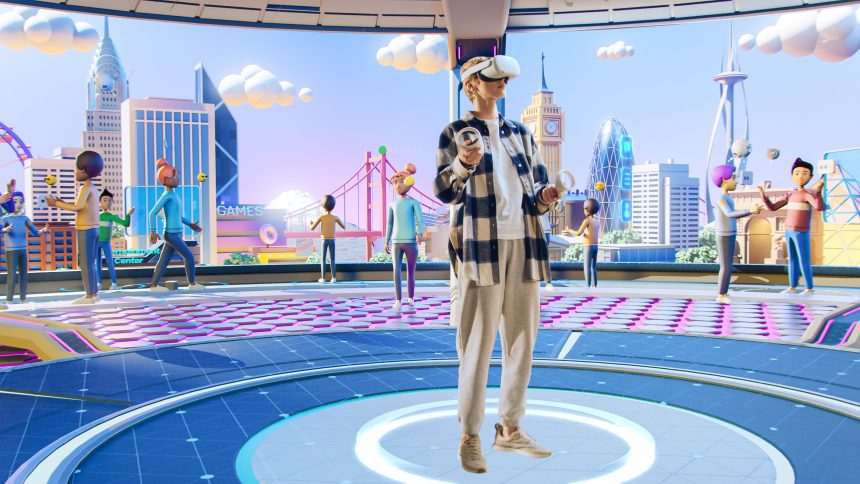The metaverse, an interconnected virtual world with the potential to blend our physical and digital realities, has captured the imagination of tech giants and futurists alike. Billions of dollars are pouring into virtual and augmented reality technologies, fueled by the promise of a revolutionary shift in how we interact online. However, the question lingers: will the metaverse break through to become a ubiquitous part of our lives, or will it remain a niche experience?
The Building Blocks of the Metaverse
The vision for the metaverse encompasses:
- Immersive Experiences: Enhanced virtual and augmented reality (VR/AR) headsets provide a seamless sense of presence in digital spaces.
- Persistent Virtual Worlds: Always-on virtual environments where users can socialize, work, play, and engage in real-time activities.
- Decentralized Ownership: Blockchain technologies enable users to own and trade virtual assets securely, driving the metaverse economy.
- Interoperability: The ability to easily move between different virtual platforms and maintain a consistent digital identity.
Potential for Transformation
If the metaverse reaches its full potential, proponents argue it could transform various aspects of our lives:
- Work Reimagined: Remote collaboration in immersive workspaces, dismantling geographical barriers for global teams.
- Social Interaction Enhanced: New modes of socializing and attending events virtually, creating new communities unbound by physical location.
- Education Elevated: Interactive, highly engaging learning experiences making lessons more accessible or simulating real-world scenarios.
- Commerce Transformed: Immersive shopping and virtual try-ons revolutionizing how we purchase goods and services.
Obstacles to Widespread Adoption
While the hype is real, significant barriers impede the path to a truly ubiquitous metaverse:
- Technological Limitations: Current VR/AR headsets can be bulky, expensive and sometimes cause motion sickness. Further optimization and affordability are crucial.
- Content Creation Challenge: Building out these immersive virtual worlds demands massive creative resources and time.
- Accessibility and Equity: The metaverse cannot become mainstream if it’s only accessible to a select few with high-end equipment.
- Concerns and Skepticism: Worries about privacy, addiction, and the potential for social isolation could lead to pushback.
The Verdict: A Wait-and-See Approach
The metaverse is still in its nascent stage. While the potential is tantalizing, it’s too early to definitively predict whether it will become the next computing revolution or simply another niche technology. Continued investment and breakthroughs in hardware, user interfaces, and compelling content are essential to driving mass adoption.







